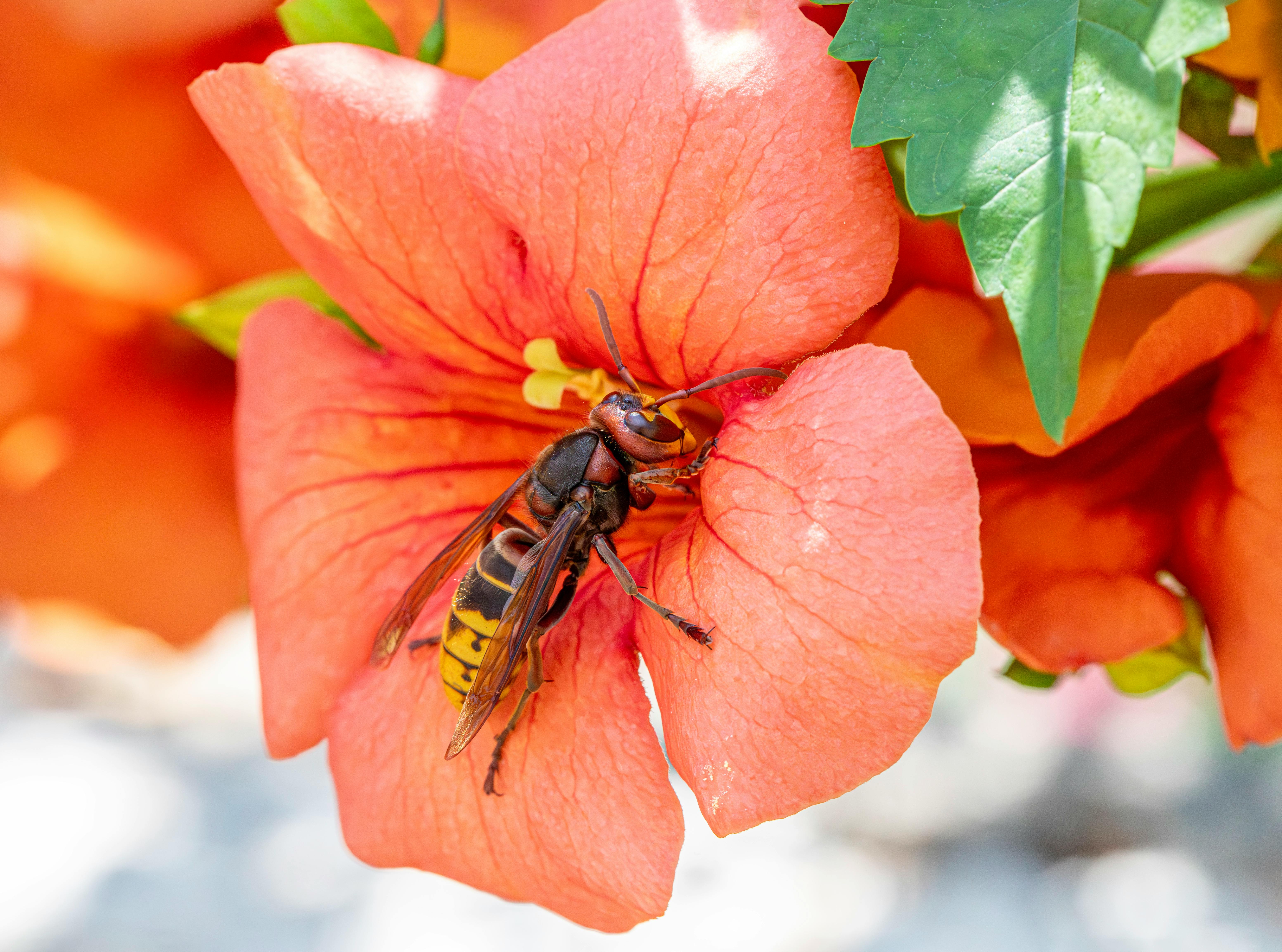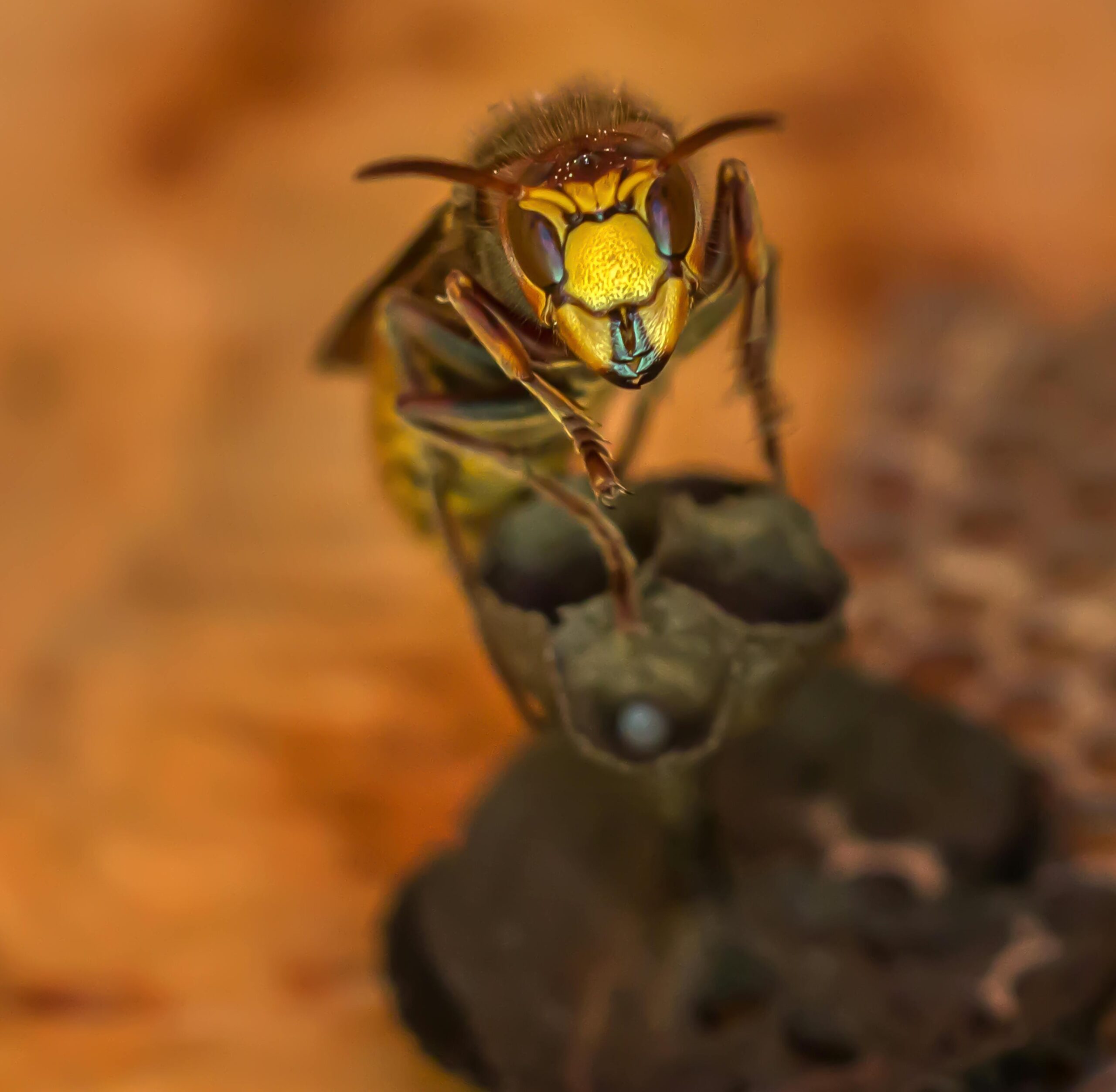Understanding the Hornissennest: A Comprehensive Guide
The Importance of Hornissennest in Nature
The **hornissennest**, or hornet nest, plays a crucial role in the ecosystem. Built primarily by the European hornet, this structure serves as a vital habitat for these social insects. Hornets, which belong to the family Vespidae, are known for their ability to control pest populations, thereby maintaining the balance within their environment. They prey on various insects, including flies and caterpillars, which can prevent pest outbreaks. Furthermore, these nests are often located in trees, shrubs, or even human structures, prompting curiosity about their construction and lifecycle.

Lifecycle of Hornets and Their Nests
The lifecycle of hornets is fascinating and complex. In spring, a fertilized queen emerges from winter hibernation and begins to build a small nest, which she uses to raise her first brood of workers. These early workers swiftly take on the role of expanding the nest and collecting food. This initial growth phase is critical, as the nest can exponentially increase in size as more workers emerge. Throughout the summer, the hornissennest swells with activity, housing hundreds to thousands of hornets until the arrival of autumn.
Building Materials and Nest Structure
The **hornissennest** is constructed from a unique material made of chewed wood fibers mixed with saliva, creating a paper-like substance. This material is not only strong but also provides insulation for the developing larvae. The nests are typically spherical and can be several feet in diameter. Located high in trees or sheltered areas, their design ensures protection from many predators. Interestingly, as the season progresses and temperatures drop, the queen stops laying eggs, leading to the decline of the colony.
Interacting with Hornissennest: Safety and Precautions
While hornets are generally beneficial, their nests can pose safety risks, particularly for individuals allergic to insect stings. If you encounter a **hornissennest**, it’s essential to approach with caution. Although hornets usually only sting when provoked, their defensive nature can lead to aggressive behavior if they feel threatened. It’s advisable to stay at a safe distance and avoid swatting at or disturbing the nest.
When to Call Professionals
If you discover a hornet nest in or near your home, it’s wise to assess whether professional assistance is needed. In many cases, making an attempt to remove the nest yourself can escalate danger, especially if the nest is large or situated in an inaccessible area. Pest control experts can safely and effectively handle hornet nests, ensuring minimal risk to you and your family. They employ methods that allow for relocation or extermination while considering the nearby ecosystem.
Home Remedies: DIY Solutions
In situations where professional help is not feasible, some DIY remedies can deter hornets without causing harm. Mixtures of vinegar and water or peppermint oil can repel hornets effectively. Spray these solutions around potential nesting areas to discourage hornets from settling. Still, this approach should be taken with caution; make sure to prepare for hornet activity and wear protective clothing. These natural deterrents might help you manage minor issues without disrupting the hornet population significantly.
The Ecological Impact of Hornissennest
Understanding the ecological impact of the **hornissennest** is vital for appreciating its presence in the environment. Hornets are not merely pests; they are vital parts of our ecosystem. Their role in controlling pest populations mitigates the need for chemical pest control measures, which can be harmful to the environment. Consequently, fostering a healthy balance with hornets in our gardens and landscapes can provide natural benefits while maintaining biodiversity.
Hornets as Natural Pest Controllers
Hornets prey on a variety of insects, contributing significantly to natural pest control. For gardeners and farmers alike, benefiting from hornets means fewer infestations of harmful pests such as aphids and caterpillars. By encouraging hornet populations, individuals can reduce their reliance on chemical pesticides while promoting healthier plant growth. It’s a win-win scenario, allowing for organic gardening practices to flourish.
Understanding Hornets’ Role in Pollination
Besides pest control, hornets also contribute to pollination. While not as prolific as bees, hornets visit flowers for nectar, inadvertently aiding in the pollination process. This aspect highlights the multifaceted role hornets play within their ecosystem. Understanding how hornets interact with both plants and pests can help foster an environment where all organisms can thrive, underscoring the importance of coexistence.
Conclusion: Embracing the Hornissennest
The **hornissennest** represents an essential component of our ecological system, acting as a home for hornets and providing numerous benefits. It’s crucial to educate ourselves about these remarkable insects, their lifecycle, and their roles within the environment. By understanding and respecting their presence, we can live harmoniously with hornets and benefit from their natural pest control abilities. Take time to appreciate these fascinating creatures while ensuring safety and preserving the balance in your surroundings.
Key Takeaways
- The hornissennest plays a vital ecological role as it provides habitat and pest control.
- Understanding hornets’ lifecycle is essential for appreciating their role in nature.
- Safety precautions are beneficial when dealing with hornet nests.
- DIY solutions can manage minor hornet issues without harming their population.
- Embracing hornets contributes to a more sustainable ecosystem.
FAQ
1. What materials do hornets use to build their nests?
Hornets create their nests using a combination of chewed wood fibers and saliva, forming a lightweight, strong material similar to paper. This construction is impressive, as it allows the nest to withstand various weather conditions while providing insulation for the larvae.
2. How can I safely remove a hornet nest from my property?
It’s highly recommended to call professionals for hornet nest removal, as they are trained to handle the situation safely. If you opt for DIY methods, ensure you wear protective clothing and use natural repellents in the vicinity to deter hornets before attempting to remove the nest.
3. Are hornets beneficial for my garden?
Yes, hornets can be beneficial in gardens as they help control pest populations and also play a minor role in pollination. As natural predators, they target harmful insects that can damage plants, making them an ally for gardeners looking to avoid chemical pesticides.
4. Can hornets damage my home?
Hornets usually prefer to build their nests in sheltered areas outdoors, such as in trees or shrubs. However, if a nest is built near your home, it may cause some concern. While hornets themselves do not damage structures, the presence of a nest can lead to safety risks if disturbed.
5. What should I do if someone gets stung by a hornet?
In case of a hornet sting, remove the stinger if present, clean the area with soap and water, and apply a cold compress to reduce swelling. If the individual shows severe allergic reactions, seek medical attention immediately, as hornet stings can be life-threatening for some people.
6. How long does a hornet nest last?
A hornet nest can last for several months, typically from spring through late autumn. The nests may not survive the winter, as the hornets themselves die off, except for fertilized queens that hibernate until the following spring to start a new colony.
7. How can I identify a hornet from other wasps?
Hornets are generally larger and have a more robust body compared to typical wasps. They often have distinctive markings, including a combination of yellow and black stripes. Observing their behavior can also help; hornets tend to be more aggressive than many wasps, particularly when defending their nests.
